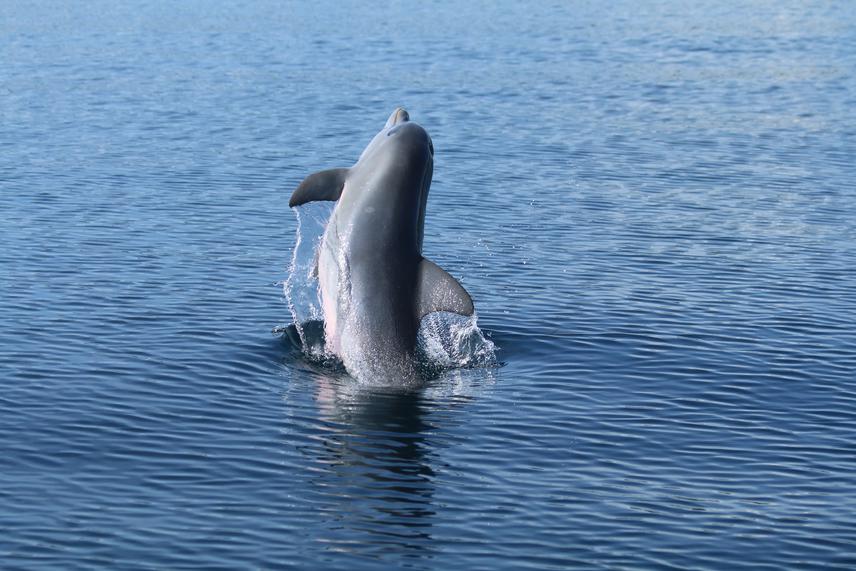Dalia Carolina Barragán Barrera
Other projects
11 Oct 2012
The Effect of Dolphin-Watching on Different Bottlenose Dolphin Ecotypes in Bocas del Toro (Panama): Studying Behaviour Responses Combined with Genetic Structure
13 May 2014
Studying Genetic Structure and Boat Disturbance on Individual Behaviour of an Isolated Coastal Population of Bottlenose Dolphins in Bocas Del Toro, Panama
8 Dec 2015
Studying the Foraging Ecology, Heavy Metals Bioaccumulation and the Health Status of the Bottlenose Dolphins of Bocas Del Toro, Panama
30 Oct 2019
Studying the Physiological Response of Bottlenose Dolphins to Anthropogenic Stressors Related to Boat Traffic in the Archipelago of Bocas Del Toro, Panama
Bottlenose dolphins are listed by IUCN in Panama as vulnerable. However, one population located in Bocas del Toro (BDT) could be endangered because is genetically isolated in the Caribbean and is target of the largest dolphin-watching industry in Panama. Several studies have indicated that boat traffic can generate stress on marine mammals, and particularly dolphins in BDT are highly vulnerable to effects associated to stress. One of the goals of this project is to collect samples from individuals in BDT to quantify dolphin stress levels in relation to dolphin-watching, through cortisol analysis. Furthermore, our second goal is to assess the isolation of this population, but using other evidence, such as ecological data, comparing isotopic data from dolphins in BDT and the Caribbean. Results of this project will provide needed data to change IUCN status in order to guarantee that national government take needed measurements for conservation of bottlenose dolphins in BDT.

The conservation status of the bottlenose dolphins (Tursiops truncatus) by the IUCN in Panama is ‘least concern’. However, one population located in the Bocas del Toro Archipelago could be endangered because is genetically isolated in the Caribbean and is target of the largest dolphin-watching industry in Panama. Preliminary photo-ID analyses indicate that this population is small (between 72 and 87 dolphins) divided in two communities: one of them is the smallest and highly philopatric to Dolphin Bay, and the other one is the largest with lower residency patterns in the Archipelago. Particularly, the population resident in Dolphin Bay is characterized for high levels of the dolphin-watching tourism activities. Several studies have indicated that boat traffic can generate stress on marine mammals, and particularly dolphins in Dolphin Bay are highly vulnerable to effects associated to stress. Although we have documented previously that boat traffic have affected communication, distribution, and habitat use dolphins in Bocas de Toro, we need further evidence to demonstrate negative effects of boats on health of dolphins. Quantification of dolphin stress levels associated to dolphin-watching activities in skin samples collected from individuals in Dolphin Bay, could be the key to confirm the critical situation of these dolphins in the Archipelago.
Furthermore, in order to IUCN changes the conservation status of the bottlenose dolphin population in Bocas del Toro, it is needed to provide more evidence that confirm this population is really isolated in the Caribbean. Isotopic analyses are useful to describe feeding ecology on dolphins, and comparisons of isotopic data of dolphins from Bocas de Toro in relation to other bottlenose dolphins populations in the Caribbean, could provide ecological evidence that confirm that bottlenose dolphins in Bocas del Toro are formed exclusively by the “inshore form”. If this population also shows a high ecological structure in the Caribbean, it is possible that IUCN changes conservation its conservation status in Panama.
This project will provide key data to local government prioritize a conservation plan to manage this vulnerable dolphin population in Panama.